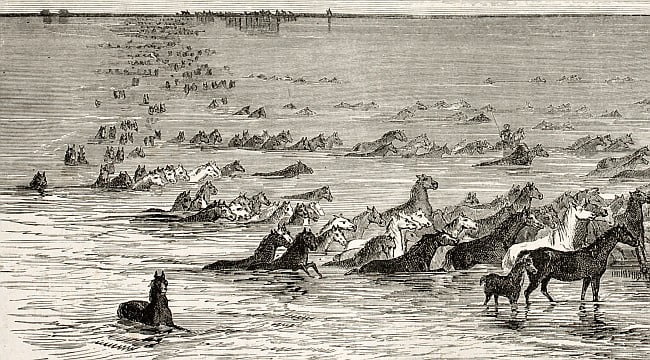Lines in conversation
The Yijing’s changing line texts are in conversation with the hexagrams created by each change. But they can also have quiet exchanges with their fan yao, the ‘reverse line’ that travels in the opposite direction. For instance, 11.2 changes to 36, and in reverse, 36.2 changes to 11: 11.2 and… Read more »Lines in conversation











